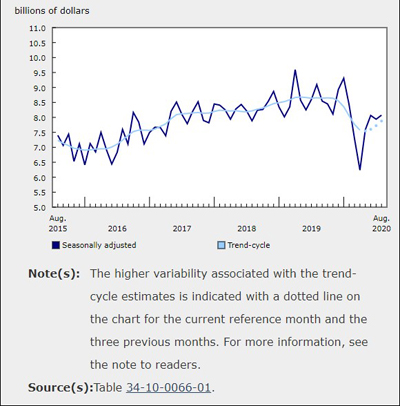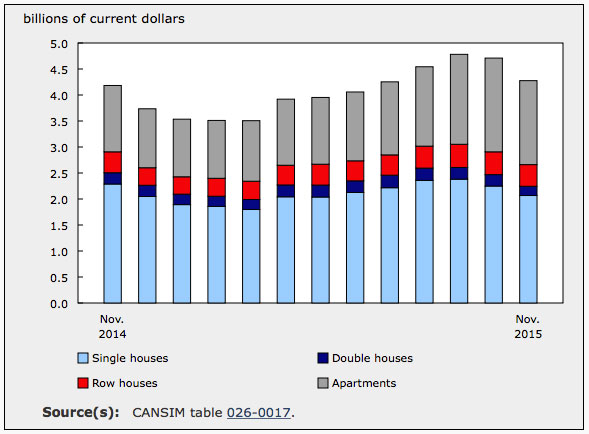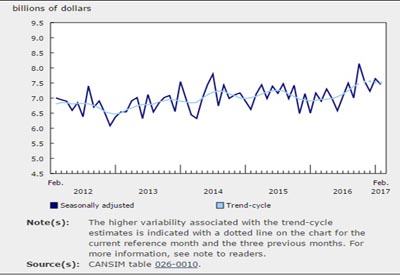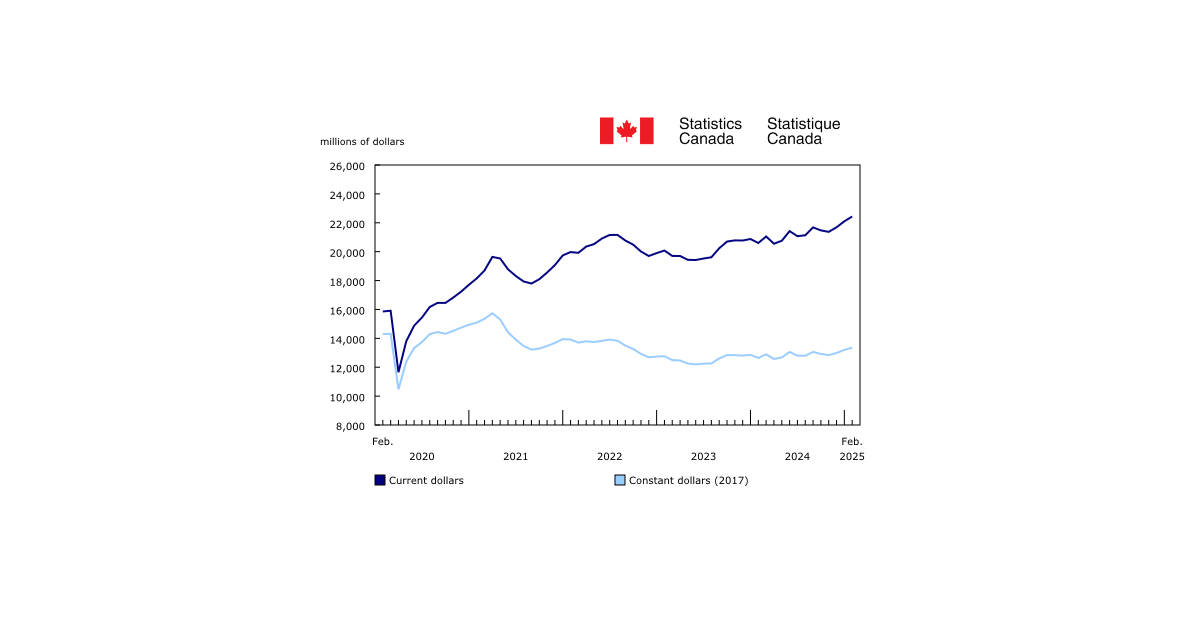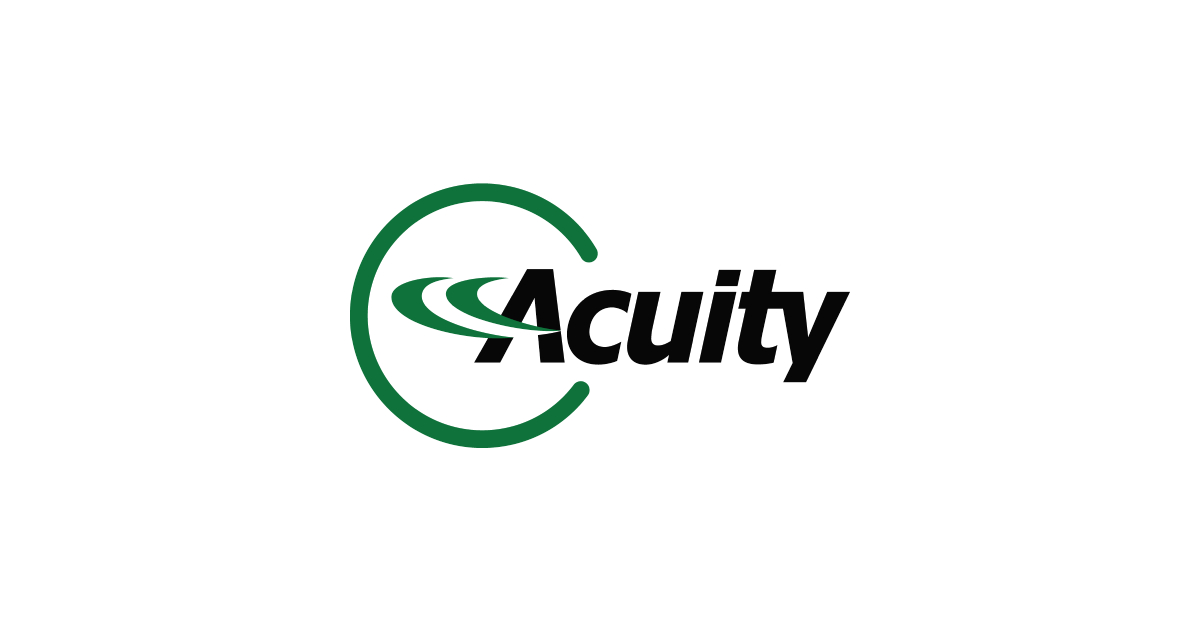Seismic Shift: Historic Changes to Ontario Health and Safety Law, Part 1

Jan 15, 2018
By Cheryl A. Edwards, Jeremy Warning, Deanah Shelly and Sydney Kruth
On December 14, 2017, Bill 177 and the most dramatic and far-reaching changes made to the Ontario Occupational Health & Safety Act (OHSA) in nearly 30 years took effect. The Ontario government has, amongst other things, tripled corporate fines and quadrupled individual fines. Here in Part 1 of 2: the changes, and an analysis of the impetus for them and the potential impact they could have on Ontario businesses, their management and leaders, and even workers, going forward.
Summary of key changes
Bill 177 is titled the Stronger, Fairer Ontario Act (Budget Measures), 2017 and was passed quickly by the Ontario Legislature — moving from First Reading to Royal Assent in exactly one month. The details of the changes of the OHSA, which can be found in Schedule 30, can be grouped into three categories which are briefly set out below, followed by our analysis of those changes.
1. Dramatically increased fines
(a) Tripled corporate fines: Since 1990, the maximum corporate penalty for a violation of the OHSA has been $500,000 per charge. Effective December 14, 2017, corporations are now liable to a maximum fine of $1,500,000 per charge. A surcharge of 25%, required under the Provincial Offences Act, is automatically imposed in addition to the fine
(b) Quadrupled individual fines: Also since 1990, any individual, including a supervisor, worker, director or officer, was liable to a maximum penalty under the OHSA of a $25,000 fine and/or one year in jail per charge. Effective December 14, 2017, individuals are now exposed to a maximum fine of $100,000 per charge for a contravention of the OHSA. This could be in addition to a potential jail term — the maximum term of which has not changed. As noted earlier, a surcharge of 25%, automatically imposed under the Provincial Offences Act, is added to any fine imposed.
2. Expanded limitation period
The limitation period for bringing a prosecution under the OHSA has, historically, been one year from the date of the alleged contravention. Effective December 14, 2017, the limitation period has been lengthened to include the day upon which an Inspector becomes aware of the alleged offence. This means, if an Inspector becomes aware of an alleged contravention of the OHSA or its regulations, even if it occurred more than one year ago and even before this historic change, a charge could be investigated and laid within one year of the Inspector discovering the contravention. As discussed in more detail below, this change stands to have a profound effect on the enforcement of the OHSA and to create new issues in prosecutions under the OHSA.
3. New reporting requirements
(a) New reportable incident — structural inadequacy: As of December 14, 2017, an employer must notify the Ministry of Labour (MOL) if a joint health and safety committee or a health and safety representative identifies potential structural inadequacies of a workplace as a source of danger or a hazard to workers. This includes potential structural inadequacies in a building, structure or any other part of a workplace, whether temporary or permanent. Notably, and for reasons that are not clear, this obligation does not apply to an employer that owns the workplace;
(b) Further reportable incidents may be added to regulations: the Bill 177 provisions amending the OHSA allow for passage of further regulations to specify additional prescribed locations in which employers or other parties are required to report an accident or other incident under section 53 of the OHSA. This means that the locations in which reporting incidents – like explosions, fires, floods, and equipment failures – that do not result in a fatal, critical, or disabling injury, are likely to expand beyond a construction project site or mine; and
(c) Potential further expansion to content and timing of reportable injury notices: the bill also allows for regulations to specify additional notice requirements that must be met where a person is killed or critically injured at a workplace; where a person is disabled or requires medical attention because of an accident, explosion, fire, or incident of violence at a workplace; and where an accident occurs at a project site or mine. This may result in statutory requirements for further details and particulars of investigations and corrective action to be included in accident reports in the foreseeable future.
Analysis
We anticipate that the changes to the OHSA by Bill 177 will profoundly alter health and safety enforcement in Ontario. Higher penalties, prosecution of alleged historic or latent contraventions, and expanded notification obligations resulting in increased investigations by the MOL all appear to lie ahead. Each of these probable developments creates issues that have not been addressed before under the OHSA or have not been addressed in a generation. Our initial and immediate comments on the potential implications for employers and management are below.
Increased maximum fines
(a) Dramatic increase to fines for corporations: as OHS counsel to employers and management we have been regularly advising on the upward creep in corporate penalties. Indeed, our anecdotal experience has been that prosecutors believe that fines should escalate over time. However, there appears no particular logic or particular trigger to this amendment to treble the potential maximum fine up to $1,500,000 per charge, which ties Ontario with Saskatchewan for the highest maximum corporate penalty available in Canada for a contravention of OHS legislation. We note that multiple charges can be, and frequently are, commenced in relation to a particular workplace accident or event. For example, the charges laid could include a substantive charge relating to equipment or a workplace condition, a charge pertaining to information, instruction and supervision, a charge related to a general failure to take “every precaution reasonable”, and numerous other potential charges. To the extent that Crown prosecutors may have felt constrained by the maximum penalty for an individual offence, seeking or requiring convictions on multiple offences would have the effect of expanding the maximum penalty available.
The stark escalation in the maximum penalty is apparent by looking at the application of the 25% surcharge that automatically applies to the penalty pursuant to the Provincial Offences Act. The surcharge arising from a $1.5 million penalty would be $375,000. That figure alone would be comparable to the current high water mark for a corporate penalty on a large national or multinational corporation for a serious event.
We anticipate this amendment will have the greatest impact in cases involving large national or multinational corporations. The new ceiling will permit significantly higher fine amounts to be sought against larger organizations that may already have multiple convictions. It can be expected the Crown Prosecutors will commence seeking penalties over $1 million or close to the maximum per charge, for the largest and most significant “offenders”. However, notwithstanding that the increase in the penalty may have been targeted at, or may more immediately effect, larger organizations or those with significant prior convictions, it is reasonable to anticipate that fine amounts will rise across the board for all corporations. One of the traditional sentencing factors considered by courts is the maximum penalty available. The maximum penalty available has now tripled, meaning that penalties imposed under the previous sentencing regime could, arguably, be distinguished as relative to the old maximum penalty and not probative of the penalties to be imposed under the new regime.
The efficacy of the sentencing principle of general deterrence (penalizing one as an example or warning to others) can be debated. However, the Bill 177 amendments establish that the Ontario government clearly believes that sentencing and deterrence are all about the penalty. In revising the sentencing provisions of the OHSA, the government did not move in the direction of other Canadian jurisdictions, whereby a significant proportion of penalties are regularly targeted to meaningful prevention initiatives. These are often referred to as “creative sentences” but remain unavailable in Ontario as the government has committed to an approach with the singular focus of higher fines.
(b) Dramatic increase to individual fines: fines for individuals have been in place for decades, although it should be remembered that directors’ and officers’ provisions establishing obligations and thus penalties for directors and officers, were only introduced in 1990. Like corporations, individuals are about to experience a tremendous change in the penalties that could be imposed if convicted of a breach of the OHSA. The impetus for such a dramatic change in the individual penalty is not clear. It may go without saying that $25,000 today is not the same as $25,000 in 1980; however, $100,000 today is not, in relative terms, equivalent to $25,000 in 1980. As such, there has been a proportional increase in the maximum penalty.
As with prosecutions under the OHSA against a corporation, multiple charges can be commenced against an individual in relation to the same event. The highest penalties meted out to date against individuals have been against corporate directors. For example, in the now infamous Metron Construction case involving a swing stage collapse, the director of Metron received a total $90,000 penalty for four separate convictions under the OHSA — not including the surcharge. In other less well-known cases, supervisors, directors and managers have received penalties ranging between $20,000 and $50,000, again not including the required surcharge. With the increased maximum individual penalty, these penalties will likely increase, and may do so significantly, depending upon the seriousness of the contravention and the culpability of the individual. Again, just how dramatic an increase in the maximum fine has occurred is demonstrable by considering the victim fine surcharge. The surcharge, alone, on a maximum fine of $100,000 would be $25,000, which is equal to the former maximum fine amount.
Once again, we anticipate the highest individual fines being sought against individuals who have been convicted of serious and significant breaches of the OHSA, potentially with an element of knowledge of circumstances that are highly culpable. Much higher fines should now be expected against individuals who have previously been convicted under the OHSA, especially if the circumstances of a previous offence substantially mirror the subsequent offence.
As mentioned, Bill 177 did not add longer periods of incarceration for individuals who violate the OHSA. Indeed, the maximum jail sentence available has not changed from the time the OHSA was first enacted and it remaining unaltered suggests that fines are to be the principal sentencing option. This harkens back to decisions issued when the penalties were last revised in 1990. Notably, in R. v. Ellis-Don Ltd. (1990 CanLII 6968), the Ontario Court of Appeal noted that deterrence for a violation of the OHSA “is intended to be in the pocket book”. That sentiment informed a much more recent case, Ontario (Ministry of Labour) v. New Mex Canada Inc. (2017 ONCJ 626 (CanLII), in which an appeal court overturned the jail sentences imposed on two directors by the trial court (the Crown has appealed further to the Court of Appeal). If fines are seen both by the government and the courts as the main sentencing option, and the courts are indicating that sentencing courts should not shy away from significant monetary penalties, it seems reasonable to anticipate a significant escalation in the penalties sought against, and imposed on, individuals convicted under the OHSA. Custodial sentences may remain relatively rare but individuals will be at greater risk of receiving tremendously high fines.
(c) Existing charges and charges for alleged offences committed before December 14, 2017: likely, those who currently have OHSA charges before the courts will be questioning whether they are now subject to the increased penalties. Those who have already been charged, or are charged with offences that are alleged to have been committed prior to December 14, 2017, are not subject to the increased penalties. Indeed, section 11(i) of the Canadian Charter of Rights and Freedoms specifically addresses how penalties will be applied. It sets out that “if the punishment for the offence has been varied between the time of commission and the time of sentencing [the defendant is entitled] to the benefit of the lesser punishment”. As such, in order for the new maximum penalties to apply, the offence cannot have been committed before the increase.
(d) Altered publication thresholds: anyone who has visited the “Court Bulletins” section of the MOL website will recognize that the MOL publicizes certain convictions and sentences imposed under the OHSA. Typically, if a corporate defendant is fined $50,000 or more (not including the surcharge), the MOL will issue a press release and post information about the conviction and penalty on its website for approximately two years. The threshold for an individual defendant is a fine of at least $5,000 (again not including the surcharge). All jail sentences, regardless of duration, are publicized by the MOL.
It is too early to know if the MOL will revise these thresholds for cases prosecuted under the new penalties. If not, then an escalation of the penalties will likely lead to more press releases by the MOL as cases that may, previously, have attracted a fine below the thresholds attract penalties that meet or exceed them.
Coverage of the changes continues in Part 2, which will appear in the February 20 issue of EIN.
Cheryl A Edwards is a senior partner in Mathews Dinsdale’s Occupational Health and Safety (OHS) and Workers’ Compensation practice. A former Ontario OHS prosecutor, Cheryl has nearly 30 years of experience in advising on strategic and practical approaches for management of workplace safety issues including the complexities of OHS due diligence, contractor management, accident response strategies, and discipline for safety matters. She frequently advises on national and federal OHS programs, and has defended and represented employers, constructors, senior management, and supervisors in some of the most serious and complex health and safety trials, complaints, inquests and appeals; 647.777.8283; cedwards@mathewsdinsdale.com
Jeremy Warning practices in all areas of workplace law. He is a former health and safety prosecutor with special expertise in occupational health and safety matters. Jeremy provides proactive and strategic advice to organizations and management following serious workplace incidents, during regulatory inspections, and on sensitive health and safety issues. He is also an experienced advocate who defends charges under health and safety and other regulatory legislation, represents employers and management in appeals or reprisal proceedings before administrative tribunals, and appears as counsel during Coroner’s Inquests. Jeremy also designs and delivers training for organizations, officers, directors, supervisors and managers; 647.777.8284; jwarning@mathewsdinsdale.com
Deanah Shelly offers timely, strategic and pragmatic advice on a wide range of workplace issues. She has developed an expertise in assisting and defending provincial and federal employers in regulatory prosecutions pertaining to occupational health and safety, health care, municipal law, and the food and hospitality industry. Deanah regularly represents employers before labour relations officers and appeals officers when dealing with work refusals, reprisal complaints, and appeals of orders or directions issued by regulators; 416.869.2502, dshelly@mathewsdinsdale.com
Sydney Kruth is an Associate in Mathews Dinsdale’s Toronto office. She advises employers on a wide range of issues, including human rights and accommodation, labour relations, grievance arbitrations, and employment standards. Sydney was called to the Ontario Bar in 2016 after completing her articles with the firm; 647.776.2052, skruth@mathewsdinsdale.com; 647.776.2052, skruth@mathewsdinsdale.com
Photo source: OntarioTravel.net






